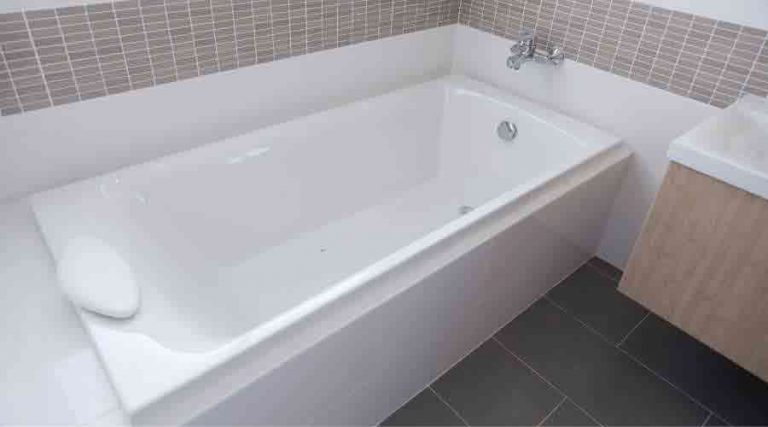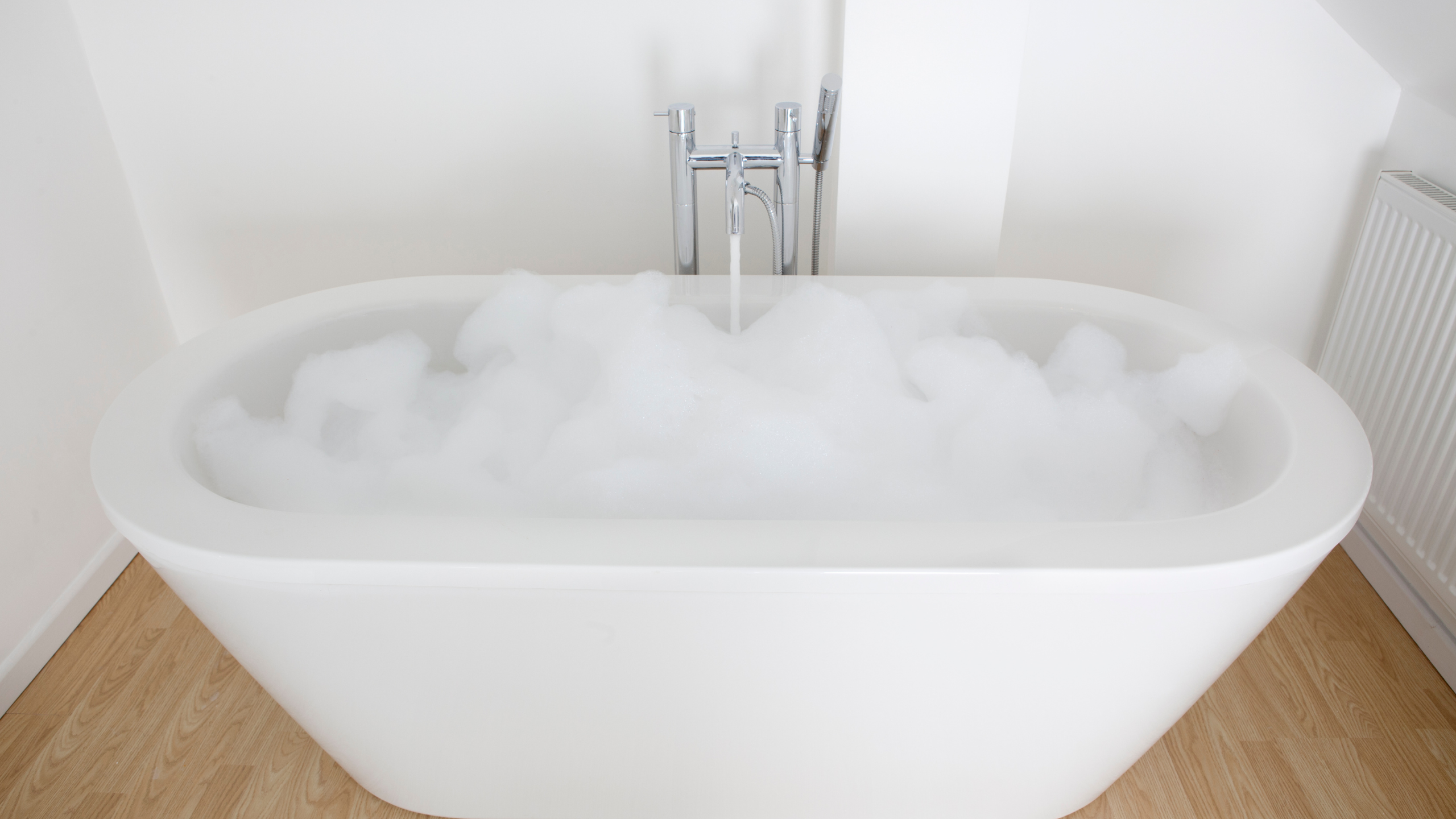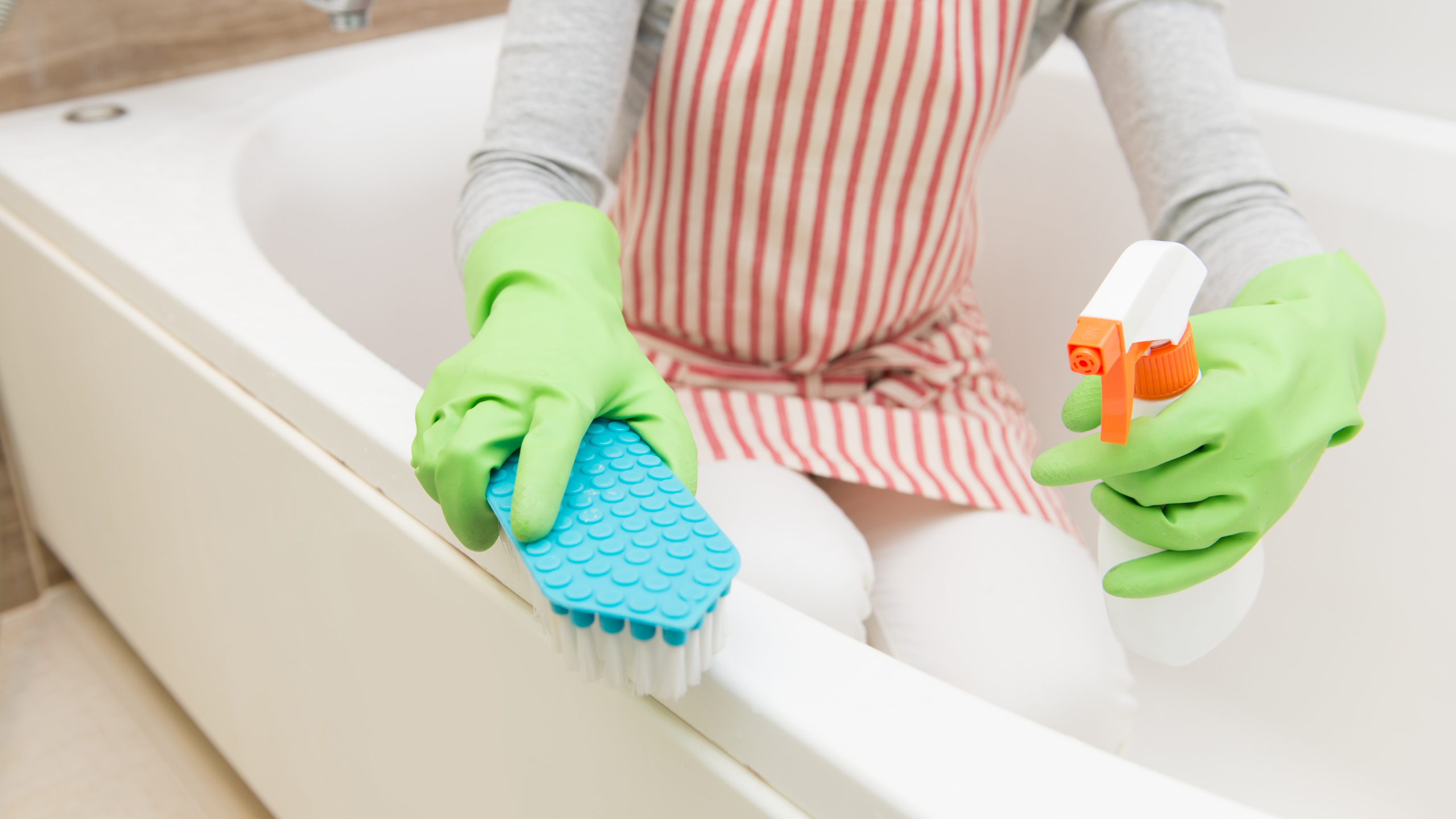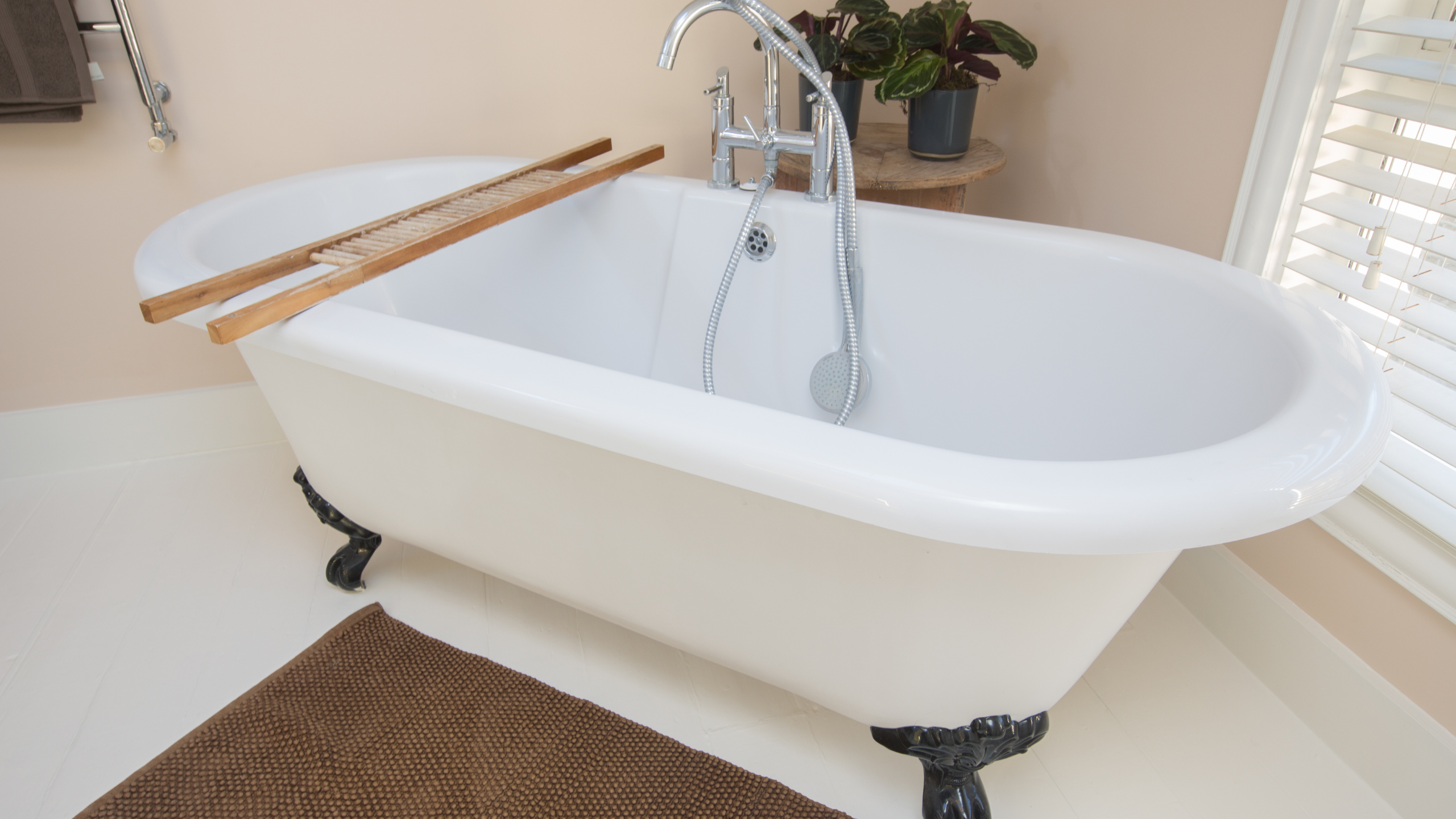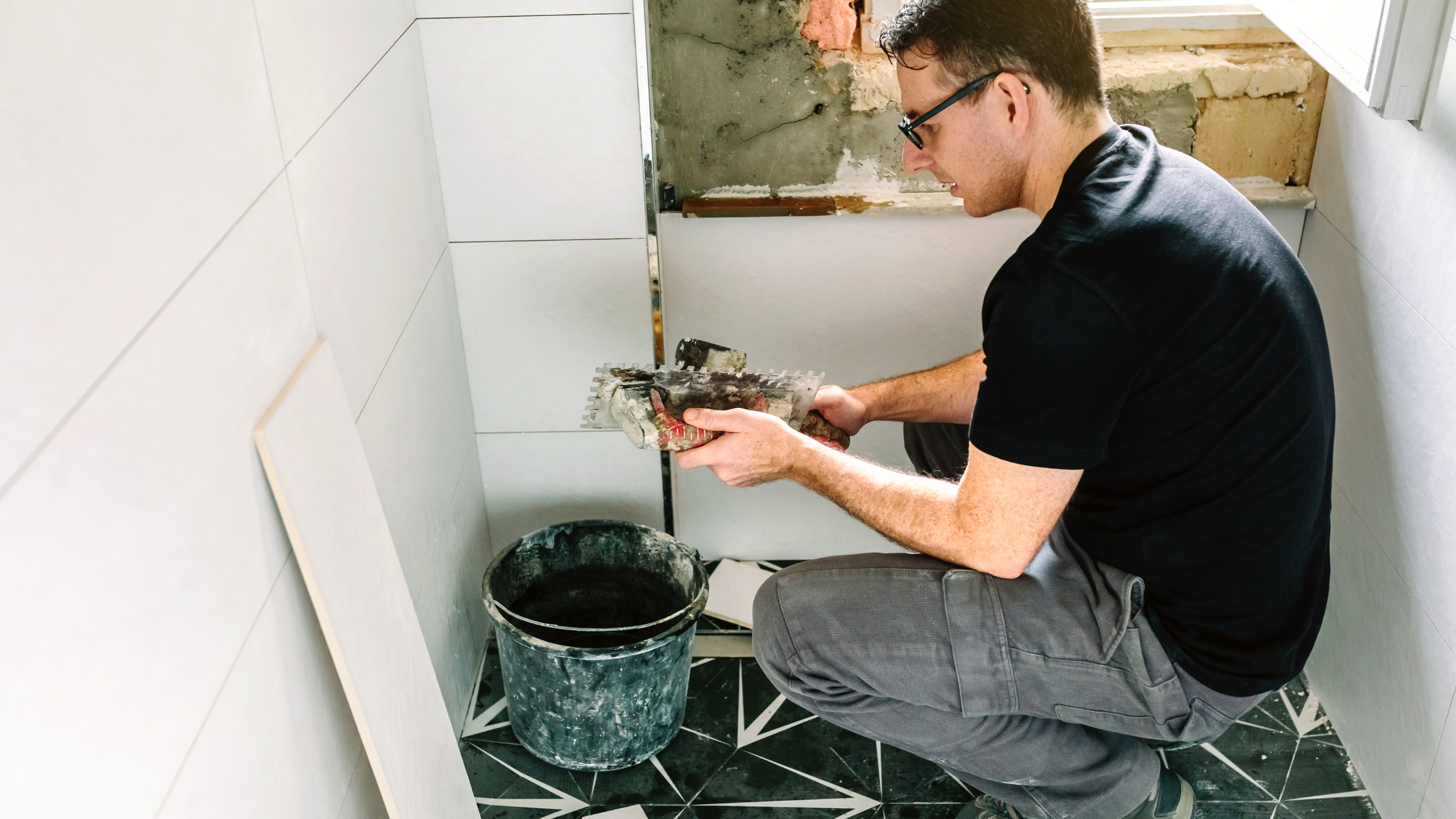When it comes to keeping your bathtub clean, bathtub liners are a great choice! On a long-term basis, they can save you both time and money. Although there are some advantages to using this type of product, there are also some disadvantages. As part of this blog post, we will go over the advantages and disadvantages of installing a bathtub liner so that you can make an informed decision about whether or not it is the right choice for you.
What Is a Bathtub Liner?
To manufacture bathtub liners, also known as tub liners, acrylic tub liners, and tub inserts, an acrylic or PVC (polyvinyl chloride) sheet is heated and vacuum-formed in a mold. You’ll need the proper mold for the tub liner to fit correctly. When replacing a damaged or outdated bathtub, a bathtub liner will typically cost between the high end of the spectrum of bathtub replacement and the low end of the bathtub refinishing.
Pros of Bathtub Liners
There Is No Construction
A shower liner is an option if you need a new tub but don’t want to commit to installation or restoration. The technician will only have to visit your home to measure your tub and install the liner.
Furthermore, most of the work is completed outside of your home: the shop will create your bathtub liner, and the technician will return to complete the installation. You don’t have to be concerned about long projects or contractors coming and going from your home.
There Is No Need to Replace the Walls or the Flooring
What if your bathtub is in perfect condition? A bathroom liner is an excellent option if you need restoration but still want to redesign your bathroom and tub. You don’t have to replace the tub, the floor, or the bathroom walls to get a new tub design.
If your fixtures are in good working order, a bathroom liner makes more sense. The bathtub is usually gutted during a bathtub redesign and renovation. Not only the fixture but also the plumbing lines must be removed.
What if you only want a liner on one area to cover up old tile but not the tub? Inform the technician that the bathroom liner will only be installed on the walls.
It Saves Both Money and Time
Bathtub liners will save you money if you aren’t entirely renovating your bathroom. While high-quality bathtub liners aren’t cheap, and you’ll almost certainly have to pay for labor, this is a lot less expensive than having your bathtub restored.
In addition, your technician may provide a warranty. The warranty will cover any replacements because bathtub liners only last a few years on average (though good ones can last decades).
The process of installing a bathroom is also swift. Installing a bathroom liner is more appealing than a complete bathtub restoration if you want to install one for guests, an event, or other reasons.
Long-Lasting
Bathtub liners are still an excellent option. The liners are thick and have a double layer of protection. Thus, they outlast other popular bathtub restoration options, such as refinishing, which is a significant advantage. Acrylic liners, which are a callous type of plastic, will also benefit you in this situation.
Reliability
What is the likelihood of a bathtub liner being put down on the ground? Fortunately, bathtub liners are designed with a non-slip surface in mind. The result of this is that there are fewer slips and falls while taking a shower.
Simple to Maintain
It’s simple to clean a bathtub liner! All you have to do is wash the liner with soap and water regularly. You don’t even need special soap; dish soap and other ordinary cleaning soaps will suffice. To disinfect the bathtub, all you have to do is use bleach.
It also provides protection against stains, rust, and even chips to your tub, ensuring that your bathroom continues to look beautiful for years to come.
Various Appearance Options
When it comes to bathtub liners, the options are practically limitless. The vast majority of bathtub liners are available in a variety of colors to choose from. To make your bathtub look “like new,” you can also choose a glossy finish.
Cons of Bathtub Liners
Valuable Space
Bathtub liners are available in various shapes and sizes and are frequently several inches wider than the original bathtub. Small bathrooms may find that this extra width takes up valuable floor space, and in larger bathrooms, it may detract from the overall balance of the bathroom’s design.
Replacement
Liner degradation is more rapid than that of a tub that has been reglazed. While most tub liners are installed, they are typically glued to the original tub surface, and they must be cut or ripped out before being replaced.
Crack
The liner can crack if it is not precisely fitted to the size of your tub. Whenever a crack appears in the liner, water can easily seep underneath it, creating a musty smell, squishy flooring, and the growth of mildew and mold.
There Are Only a Few Color Options
Hundreds of thousands of bathtub liners are mass-produced in large quantities and are designed to fit a large number of bathtubs. As a result, bathtub liners are only available in a limited number of color options.
Plumbing Issues
A more extended drain and overflow system may be required to accommodate the increased thickness of the bathtub liner to avoid plumbing problems.
Cost
Liners are considerably more expensive than bathtub refinishing, despite being less costly than a complete replacement. Most bathtub liner companies will insist on installing a three-wall bathtub liner to help prevent water from collecting beneath the liner, which will increase the cost even more.
How to Install a Bathtub Liner
Bathtub Preparation
Begin by inspecting for any damage and repairing it as needed. Next, clean any dirt or particles from the surface of your bathtub to ensure a good stick.
Remove the Knobs
Remove the knobs from each fixture in your bathtub to install your bathtub liner. To avoid losing them in the process, group them together. When you need to reattach your knobs, you can take advantage of this opportunity to replace your faucet.
Adhesive Smear
Apply some adhesive to the dry bathtub’s surface. Make sure it’s evenly distributed and covers the entire surface. Any blank space in your liner will reduce its overall effectiveness. It’s also essential to choose a suitable adhesive.
Incorporate Your Bathtub Liner
Slide the bathtub liner into the shower unit with care. Expel all the air and check that your liner is connected to the adhesive by applying a fair amount of pressure.
If possible, use a couple of heavy – but not too heavy – objects to help with the pressure application. To get rid of the underlying air, you can also use a rubber mallet.
Caulk Should Be Used
Apply silicone caulking to the bathtub’s edge. This helps to keep moisture out while also giving the room a clean, finished appearance. Allow five to ten minutes for the silicone to cure.
Warm water and a mild cleansing agent should be used to clean your tub and liner. Use scouring powder or liquid abrasives sparingly, as they can permanently damage your liner.
Your brand-new tub is now ready to use. You can wait at least 24 hours before using it, but if you trust that the liner is securely in place, you can use it immediately.
Tips for Using Your New Liner
- To avoid expensive mistakes, use a unique tool to remove the drain and overflow caps. They should be removed during installation but can be very difficult to reattach afterward, especially if you do not have long fingers.
- Remove your bathtub stopper and replace it with an inexpensive plug that takes its place. The sticking method will damage or dislodge any parts that remain in the tub. So removing them beforehand will help prevent this problem from occurring later on down the line.
- You can install grab bars after your liner has been installed, but it is wiser to do so during liner installation because you cannot access these areas once the adhesive is applied and curing begins.
- Using gloves while cleaning the surface of your new bathtub liners for bathrooms reduces the likelihood of leaving fingerprints and smudges.
- Check the caulking around the edge once you have finished using your new bathtub liner, primarily if you used silicone to seal it. Cracks in the caulking allow moisture underneath and cause pitting and other cosmetic damage that is difficult to remove.
- To avoid any water damage issues, clean both sides of your bathtub's walls before placing anything into or onto them. Water can build upon one side but be hidden by your liner on the other side.
Conclusion
If you’re looking for a cost-effective way to replace your old, worn-out bathtub, a bathtub liner is an excellent option. The process of installing a bathtub liner is relatively straightforward. Just remember to purchase the correct one for your particular tub and follow all manufacturer’s instructions.
We hope you found this post to be informative and that you’ve gained an understanding of how simple it is to install a bathtub liner. However, if you have any doubts about your plumbing abilities, it is not a bad idea to seek professional assistance.

